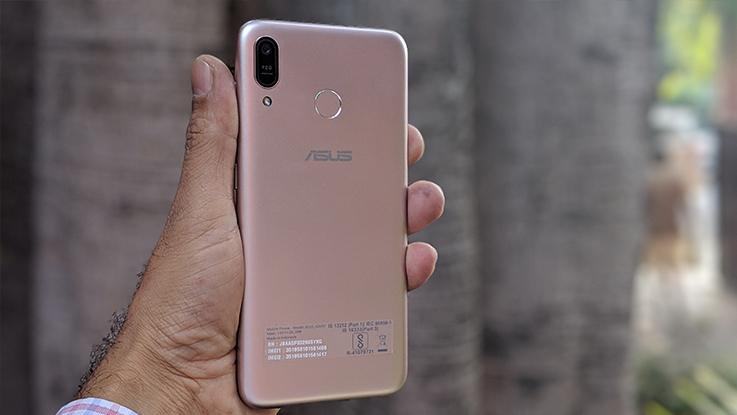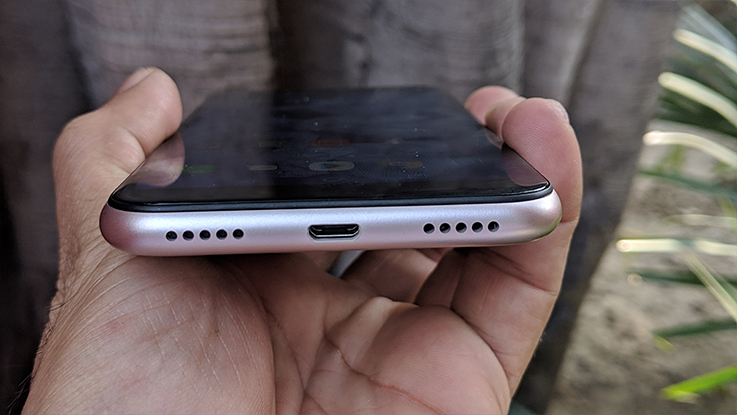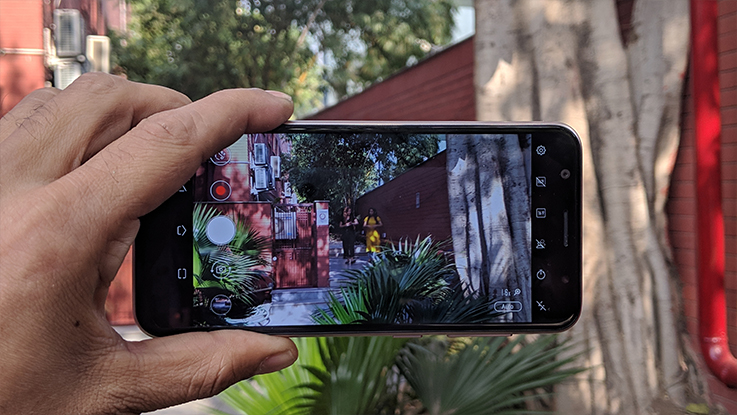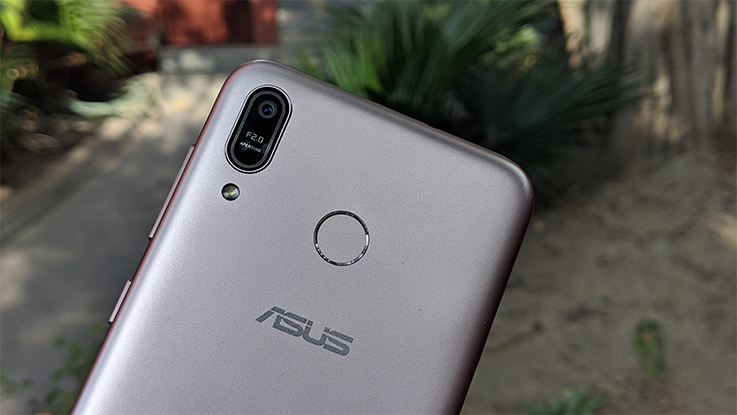Asus recently launched its latest budget-centric smartphones, the ZenFone Max M1 and ZenFone Lite L1, in India. The former comes with a price tag of Rs 7,499, while the latter is priced at Rs 5,999.
The ZenFone Lite is targeted towards first-time users, while it is the ZenFone Max M1 that will face a lot of heat in this budget segment. But does it have all the materials to make it a successful budget smartphone? Let’s find out.
Key Specifications:
Display: 5.45-inch HD+ IPS (1440 x 720 pixels), 18:9 aspect ratio, 400nits brightness
Chipset: Octa-core Qualcomm Snapdragon 430
RAM/ROM: 3GB RAM, 32GB storage (expandable up to 256GB)
Rear Camera: 13-megapixel sensor, 4P lens, f/2.0, 1.12um, 0.03s PDAF, LED Flash
Front Camera: 8-megapixel sensor, 3P Lens, f/2.2,1.12um, LED Flash
Battery: 4000mAh
Operating System: Android 8.1 Oreo with ZenUI 5.0
Connectivity: dual-SIM, 4G VoLTE, GPS, GLONASS, Bluetooth 4.0, microSD card, Micro USB port
What we like about the ZenFone Max M1

Starting with the first thing we liked about this smartphone is its design (Click here for Asus Zenfone Max M1 picture gallery). You get a metallic finish at the back and rounded edges around the corners make it comfortable to hold in your hands. The gives a pretty standard look if you ask us, though it sure feels lightweight. It is not slippery in nature and it sure looks good when you hold in your hands.
Another we liked about the ZenFone Max M1 is the display. The phone features a 5.45-inch HD+ display with a screen Resolution of 1440 x 720 pixels, 18:9 aspect ratio. The display delivers good colour output and the viewing angles are decent as well. Whether be it playing games or watching some movies, you will not feel disappointed. The outdoor visibility of the phone is pretty decent as compared to other smartphones in this price segment.

The company has added a 4000mAh battery in this smartphone, which delivers some good results. On a normal day when you are using the phone for basic tasks like Facebook, WhatsApp, checking emails and more, the phone comfortably lasts a day with some battery juice still left in it. When you stretch the performance, it still comfortably last a day.
Lastly, the user interface is smooth and easy to use. We liked the fact that the company has cut down on the bloatware, which gives more storage and RAM for its potential users. There two apps that we found to handy, Mobile Manager and Power Master. The Mobile Manager helps in scanning the device, control App data usage, clean the unwanted apps and cache files, and manage secure & permissions of the apps. Then there is Power Master app that allows to reverse charge, increase lifespan when the battery is low and one can also prevent apps from auto-starting. Apart from this, there is twin app support, the Game Genie that optimises the games and more.
What we didn’t like about ZenFone Max M1
One area where the ZenFone Max M1 is slightly weak as compare to its competitors is the performance. The brand has opted for an octa-core Qualcomm Snapdragon 430 chipset. The phone is able to handle basic tasks quite effectively, although when start performing some computing-hungry task then it starts to show some sign of lag. The phone is able to handle most of the casual games without breaking a sweat, though it is simply not meant for some high-end games. We wished, Asus would have gone with a newer Chipset as most of its competition has now switched to newer processors both from Qualcomm and MediaTek.

Another area where the device struggle is the camera department. It is equipped with a 13-megapixel rear camera with f/2.0 aperture, 1.12-micron Pixel size, PDAF and LED flash. For the front, there is an 8-megapixel shooter with f/2.2 aperture, 1.12-micron pixel size and LED flash. In our testing, we found out the phone was struggling to lock focus on the subject, especially, when you want to click some macro or close up shots (Click here to check the camera samples of the Zenfone Max M1). We also felt the photos were not bright enough and the colours looked a bit dull in this one. The low light performance is average as well and the photos were grainy and noisy in nature. Interestingly, the selfie camera performed better as compared to the rear and we liked the Portrait mode as it was able to differentiate between the subject and background and blurs out the latter without any bleeding around edges.


